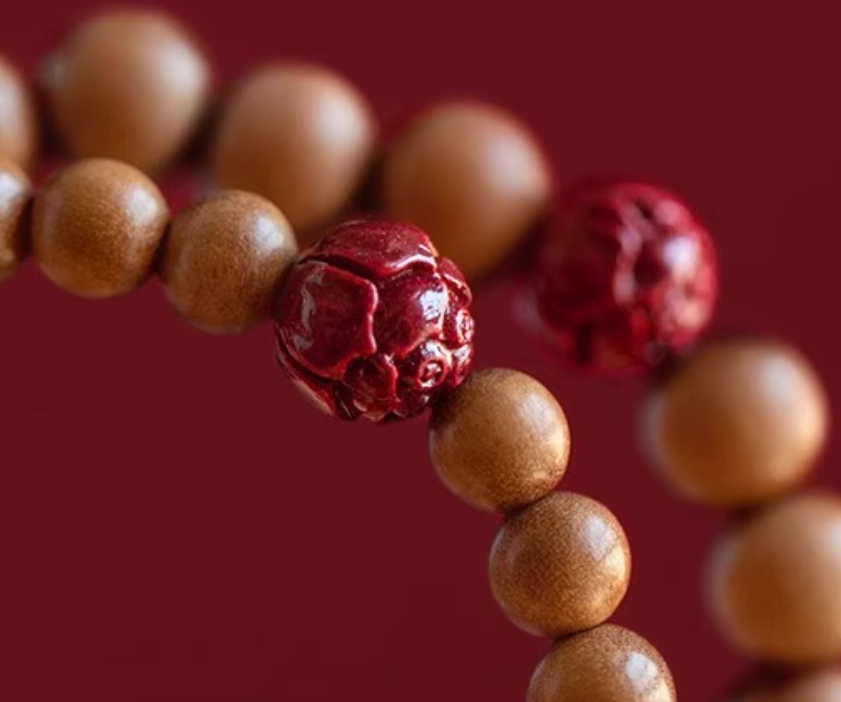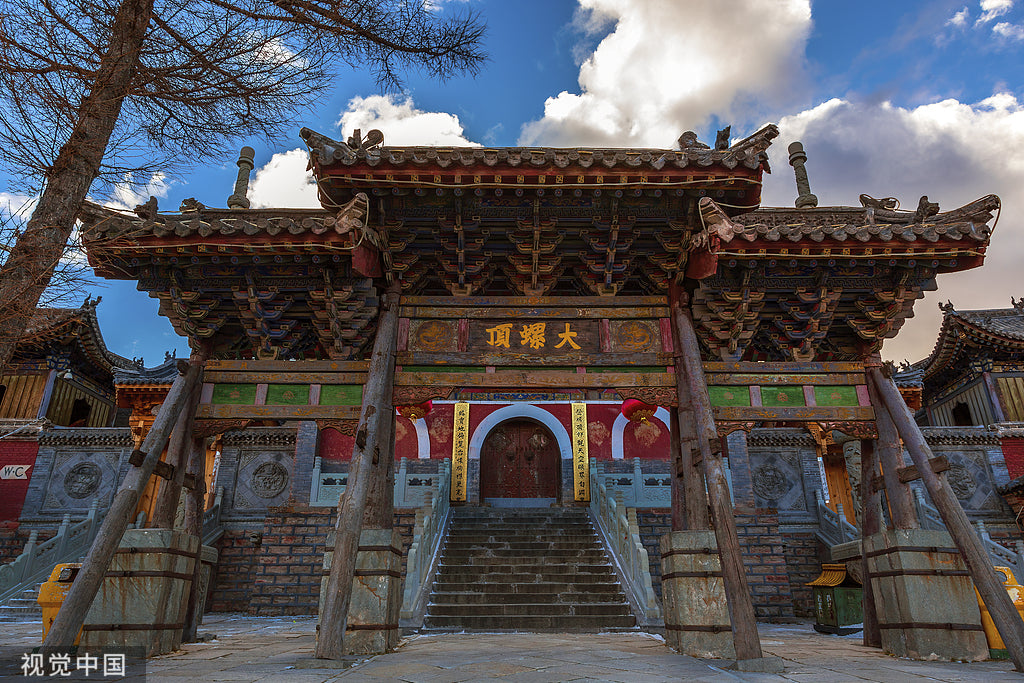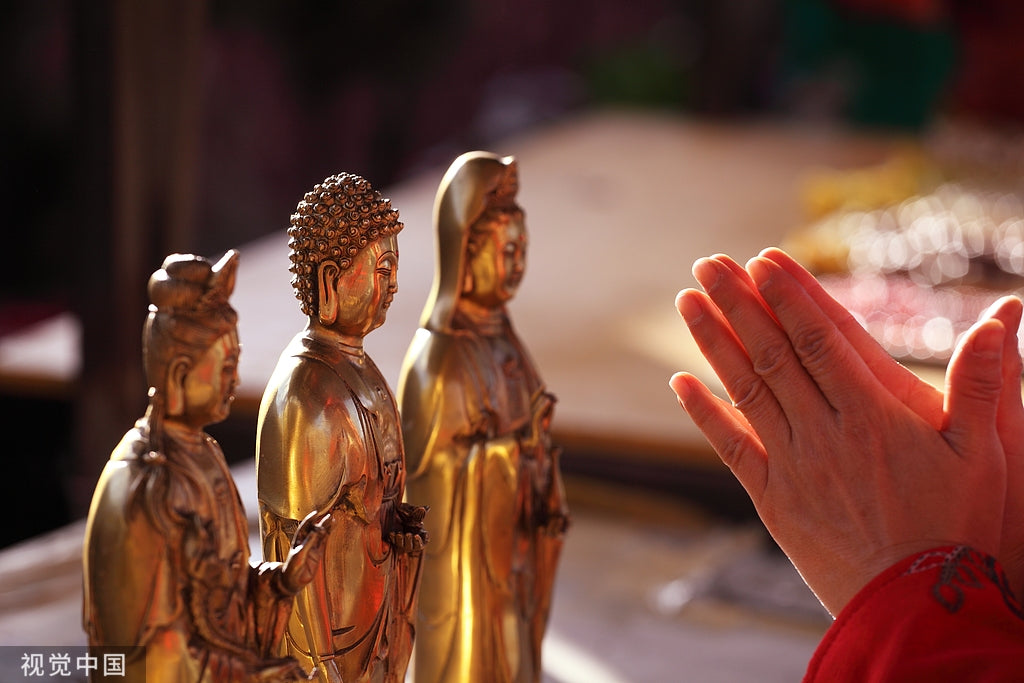The peach wood bracelet consecrated by a master comes from Mount Wutai.
The peach wood bracelet consecrated by a master comes from Mount Wutai.
Verfügbarkeit für Abholungen konnte nicht geladen werden
In Chinese culture, peach wood is believed to ward off evil spirits, a belief originating from the ancient text Shan Hai Jing. According to the records, there is a massive peach tree spanning three thousand miles on Mount Dushuo in the East Sea. The "Ghost Gate" in the northeast of the tree is the passage through which countless ghosts come and go. The Heavenly Emperor appointed the gods Shentu and Yulei to guard this gate, binding evil ghosts with peach branches and feeding them to tigers. Following this example, the Yellow Emperor instructed the people to "erect large peach wood figures" or carve the names of these two gods on peach wood boards to hang on doors, causing malevolent spirits to retreat. This practice is the origin of the later "peach talismans." This peach wood bracelet has been consecrated by a master from Mount Wutai, and wearing it long-term ensures peace and protection.
Hauptmerkmale
Hauptmerkmale
Rückgaberecht
Rückgaberecht
Wir haben ein 30-tägiges Rückgaberecht, d. h. Sie haben 30 Tage nach Erhalt Ihres Artikels Zeit, eine Rückgabe zu beantragen.
Um eine Rückgabe zu ermöglichen, muss sich Ihr Artikel im gleichen Zustand befinden, in dem Sie ihn erhalten haben: ungetragen oder unbenutzt, mit Etiketten und in der Originalverpackung. Sie benötigen außerdem den Kassenbon oder Kaufbeleg.
Aktie




Der Wutai im Nordosten der Provinz Shanxi ist der höchste der vier heiligen buddhistischen Berge Chinas und wird als Bodhimaṇḍa von Mañjuśrī verehrt. Benannt nach seinen fünf flachen Gipfeln, von denen der höchste 3.061 Meter hoch ist, ist er als „Dach Nordchinas“ bekannt.

Die Stätte beherbergt 47 Tempel, darunter den Foguang-Tempel aus der Tang-Dynastie und die Weiße Pagode aus der Yuan-Dynastie, und zeigt eine einzigartige Mischung aus Han- und tibetischem Buddhismus. 2009 wurde sie zum UNESCO-Weltkulturerbe erklärt. Sie verbindet religiöse Bedeutung mit Naturlandschaften, antiker Architektur und buddhistischer Kultur und ist damit ein beliebtes Pilger- und Touristenziel.



